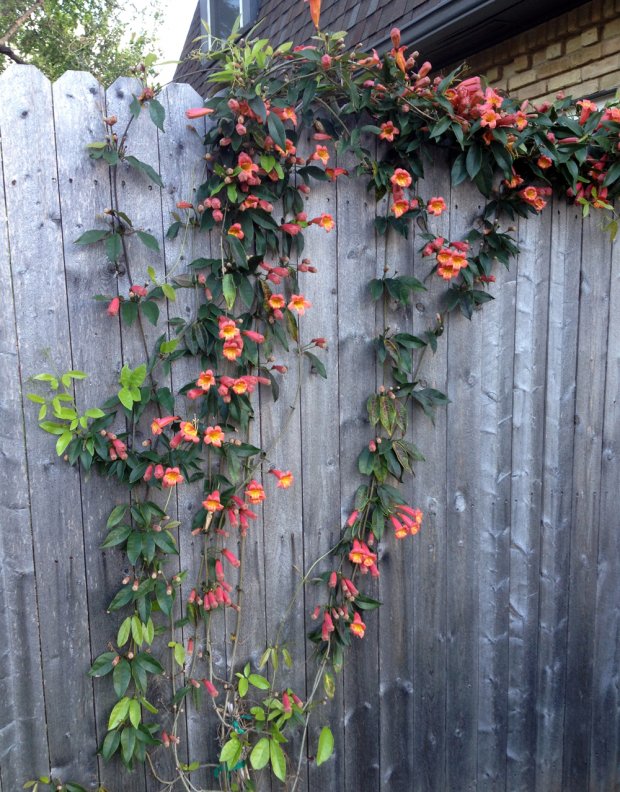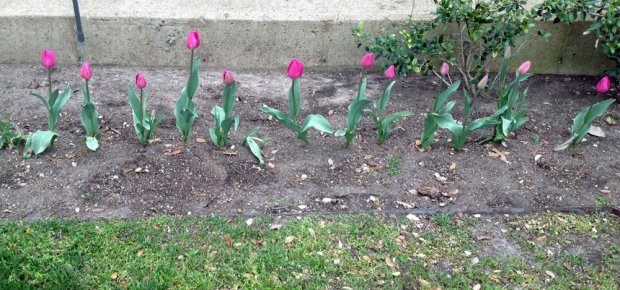Gardening Myth: It’s just too much work!
May 7, 2014
As a certified, and certifyable, plant geek and obsessed gardener, it's often difficult for me to understand why other people choose not to garden at all. The most common explaination for the lack of a garden? "Gardening is just too much work."
Too much work...too much work? What? Yes, I work in the horticulture industry. But I've never felt my own gardening activities were "work". Gardening is my refuge, my therapy and my sanity. When I need to destress I head out to my garden. Watering my plant babies is the most soothing of "tasks". Pulling weeds is strangely gratifying. Feeling my toes and fingers in the soil brings me back to a much needed earthly connection. AND I don't have to talk to anyone. ANYONE. Sure, after a day spent turning soil, planting, weeding and pruning, my muscles might be a bit sore. But does that make it work? No way! I actually feel sorry for folks that have never really gardened because they assume it's just too much work.
So I thought I'd ask some of my fellow professionals in the business to tell me why they don't feel like gardening is work to them.
First up? Helen Yoast of "Gardening with Confidence". Helen says " I garden one day a week, on Sundays. It is my time to connect with the plants, wildlife, and nature. I grow a dense half acre habitat that is the anticipation of my week. My kids and husband know exactly where to find me.

1/2 an acre sounds like a lot of garden to maintain, eh? Doesn't sound like Helen considers it work, but rather a refuge. This is the big secret those of us hortiholics are here to reveal: Gardening isn't work. Gardening is discovery, inspiration, connection, beauty, rewarding and good for you. You don't even need to have 1/2 an acre to garden. You can garden in a few planters on a balcony or patio. Over the next few weeks, I'll be posting more quotes from hort-heads about what gardening means to them.
So, why is gardening not too much work for you?















